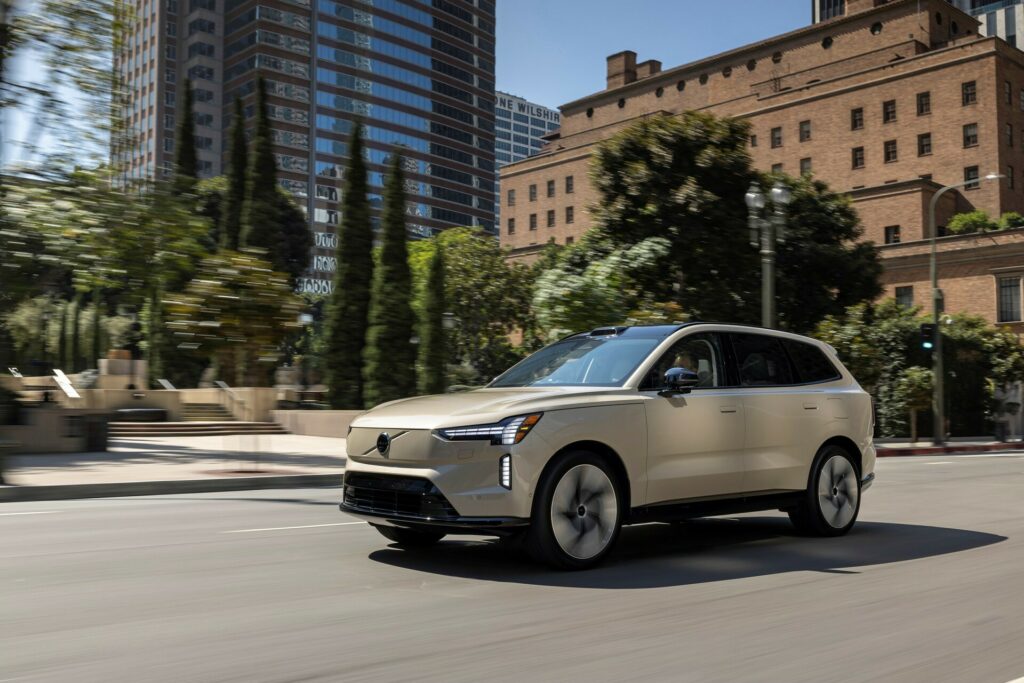- Volvo has abandoned plans to go electric-only by 2030.
- Instead, the company is aiming to sell a mix of mild-hybrids, plug-in hybrids, and EVs by the end of the decade.
- The automaker believes the future is still electric, but it’ll take us longer to get there.
Volvo has become the latest automaker to backtrack on their plans to go electric-only. While the company had been planning to make the switch by 2030, and was touting that as recently as August 28, their plans have drastically changed.
Shortly ahead of the unveiling of the facelifted XC90, Volvo announced they were adjusting their electrification ambitions. Under the new plan, they’re only aiming for 90 to 100% of their vehicles to be electrified by 2030. This means there will be a mix of plug-in hybrid and electric vehicles as well as possible mild-hybrid holdovers.
More: Cadillac Reverses Course On 2030 EV-Only Commitment, Says ICEs Are Still Needed
The automaker blamed the change on “market conditions” and said they remain “committed to [a] fully electric future.” The firm added 26% of sales in the second quarter came from EVs, while 48% came from electric or plug-in hybrid vehicles.
Volvo will continue to develop plug-in hybrid and mild-hybrid vehicles to ensure a “balanced portfolio that serves as a clear bridge to an all-electric future.” While that’s not what the company wanted, they said the change was necessary due to a slower than expected rollout of charging infrastructure, a withdrawal of government incentives in some markets, and uncertainties created by recent tariffs on EVs. The latter is a subtle hint their Chinese production plans have backfired, famously delaying the U.S. launch of the EX30.
In a statement, Volvo CEO Jim Rowan said “We are resolute in our belief that our future is electric” as it “provides a superior driving experience and increases possibilities for using advanced technologies that improve the overall customer experience.” However, he conceded that the “transition to electrification will not be linear, and customers and markets are moving at different speeds of adoption.”





